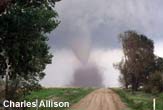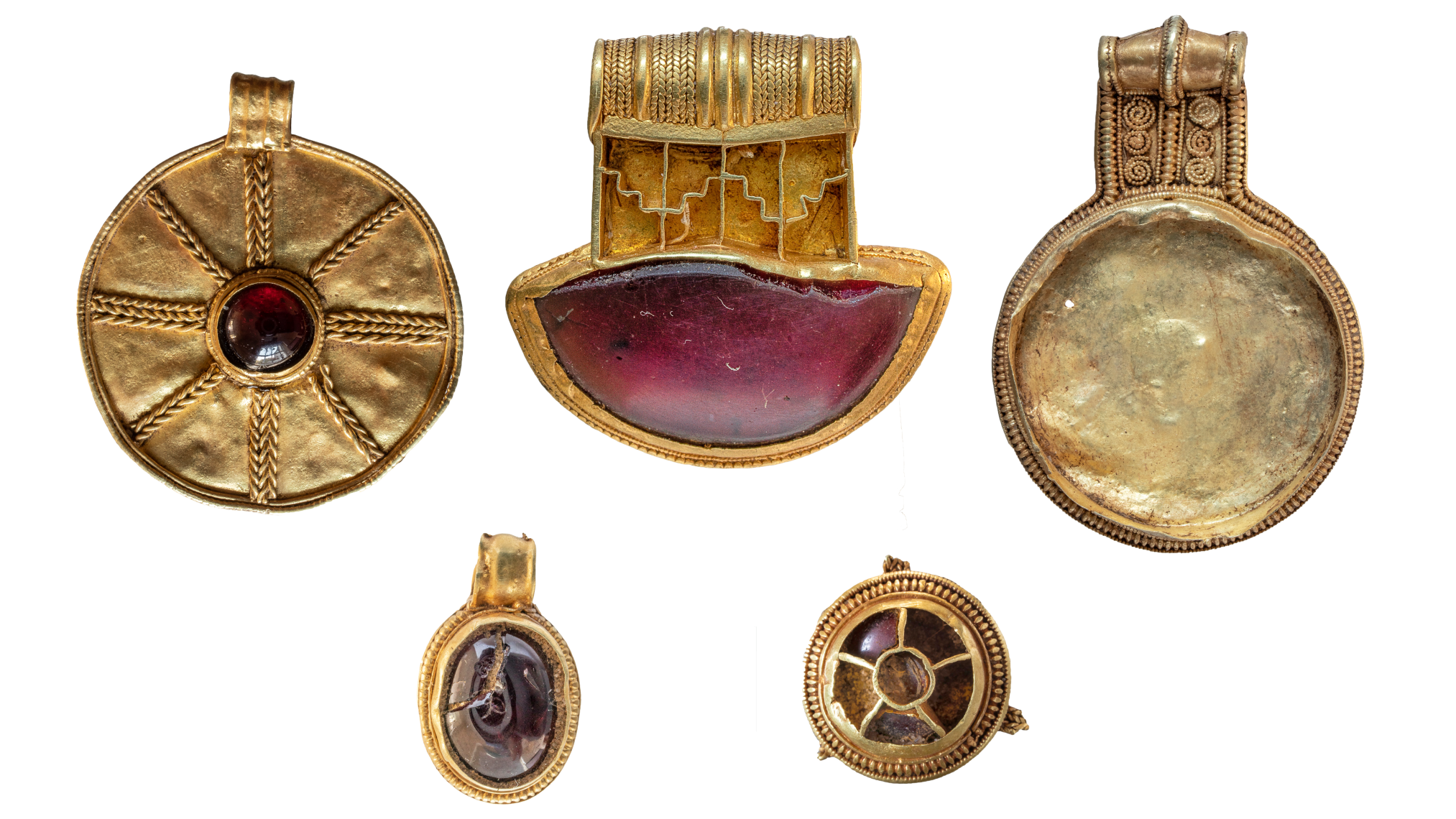Chasing Tornadoes: More Than Just a Thrill

People who hunt down tornadoes sometimes get a bad rap as reckless, thrill-seeking daredevils.
Most of the time, the reality is a lot less exciting than the dramatic photos and a few seconds of video suggest. Tornado hunters spend most of their time driving around, eating fast food and sleeping in cramped quarters.
"It's thrilling," said storm chaser and Purdue University meteorologist Robert Jeff Trapp. "But it's not glamorous...it can be disappointing. The times we've been successful have been incredible experiences."
Spotters vs. chasers
There are two types of tornado aficionados who will endure the boredom for the suspense of a storm: spotters and chasers.
Storm spotters' on-site observations and measurements of tornadoes serve as a vital aid for the National Weather Service's (NWS) predictions. Official spotter networks were developed during World War II to protect military installations. Their work continued after the war, and in particular they have helped in issuing tornado warnings.
Today, storm spotters are all volunteers, trained by the NWS program SkyWarn to know what to look for and, if they see something, what to do.
Get the world’s most fascinating discoveries delivered straight to your inbox.
"Doppler radar has been an excellent tool for us, but we still can't always see what's going on in the last couple hundred feet above the ground," Trapp told LiveScience. "Storm spotters help out the [Weather Service] and complement what we see on radar. They're telling us what radar can't see on the ground. They report back their observations to forecasters, and help them decide whether to send out a warning."
Volunteers' observations were instrumental in spotting the 1999 storm in Oklahoma City, according to Warning Coordination Meteorologist Dan McCarthy at the National Oceanic and Atmospheric Administration's Storm Prediction Center. NOAA is the parent organization of the NWS. The 1999 twister, on May 3, was an F5 that killed 36 people and caused a billion dollars of damage.
McCarthy also credits storm spotters for their help verifying a 2004 storm in Hallam, Nebraska and a tornado last year in Evansville, Indiana.
Tornadoes banned
Storm chasers, on the other hand, work to gather more intensive data that is used over the longer term, to continue improving the science of forecasts.
In the 1880s, U.S. Army Sergeant John Finley organized a team of more than 2,000 "reporters" to document tornadoes. With the data collected, Finley created maps of tornado producing weather patterns, which were then used to issue tornado alerts. In 1886 Finley's forecasts were cancelled when the Army banned the word tornado for fear that it sent the public into a panic. The tumultuous word wasn't re-approved until 1952.
With the help of chasers, their cameras, and some modern mobile instruments, scientists are trying to learn more about how tornadoes form.
"Major field research efforts are very expensive and therefore infrequent," said Richard Carbone, a director at the National Center for Atmospheric Research. "Major findings are based on a handful of case studies, which may or may not be representative in some sense of the broader population. Video and other observations of chasers help to put these deeply diagnostic studies in the context of the broader population of tornadic events. This tells us something about the significance of any given study in the bigger picture and should eventually lead to improved skill in predictions."
- Storm spotter—primarily a live, on-the-ground reporter for the National Weather Service.
- Storm chaser—more mobile than a spotter; follows storms for scientific research, storm photography, or media coverage.
- Core punching—driving through the often-dangerous region of the storm called the core, where rain and hail are heaviest.
- Blue watch—a severe thunderstorm watch.
- Bust—a failed storm watch with little or no stormy weather.
One device chasers use, called "Doppler on wheels," is a scaled down version of the National Weather Service's radar that fits on a flatbed truck.
"You can take it to the storm rather than waiting for the storm to come to it," Trapp explained.
Another device, called a turtle because of its shell shape, is made out of lead to keep it from flying off the ground like Toto.The turtle holds instruments that measure temperature, pressure, and humidity. As a tornado runs over the shell, it collects data that gives scientists a better sense of what the conditions are like at ground level.
Just plain fun
So what drives these chasers?
"The challenge aspect is always a lot of fun," Trapp said. "There's a camaraderie, too. Typically after a big storm day, there'll be a chance gathering at a local restaurant. We swap stories and video. It's fun to hear other people's stories. It takes a different kind of person to be patient and drive around for all of that time. They tend to appreciate nature."
- Images: Tornado Country
- Tornado Chaser: Images by Charles Allison
- Tornado Science, Facts and History
- Top 10 Killer Tornadoes
- All About Tornadoes


